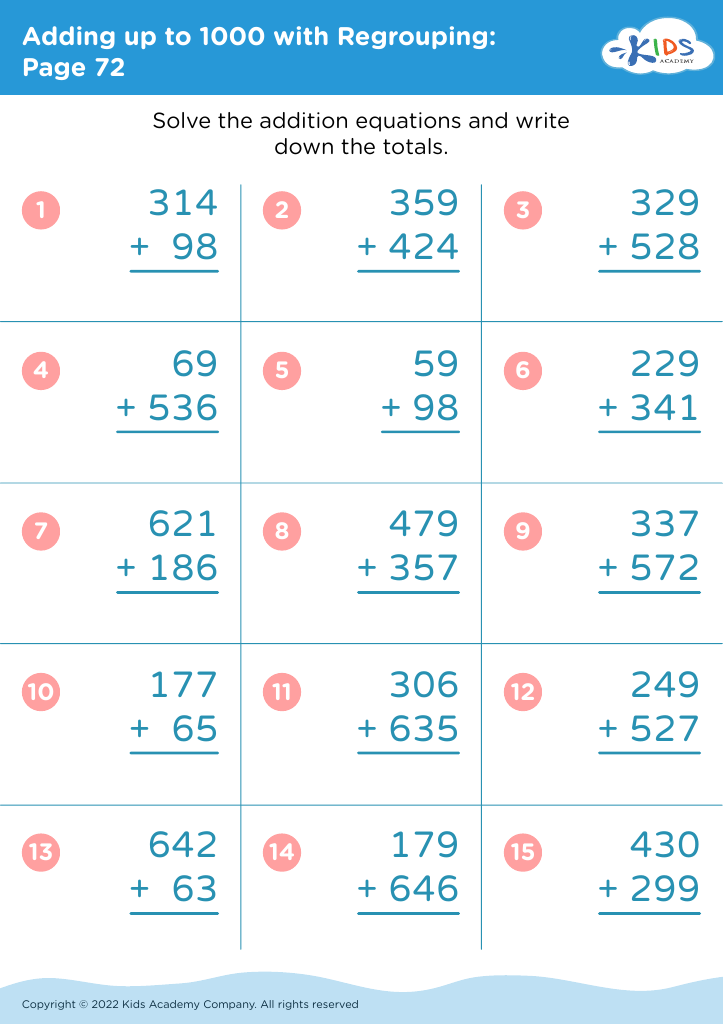Understanding directions Math Worksheets for Ages 5-7
7 filtered results
-
From - To
Dive into our "Understanding Directions" Math Worksheets designed for children aged 5-7! These engaging and interactive worksheets aim to strengthen young learners' ability to comprehend and follow mathematical directions effortlessly. Tailored to build foundational skills, the activities promote logical reasoning and critical thinking while making math fun. With colorful visuals and clear instructions, kids will enjoy exploring concepts like "left" and "right", as well as sequencing and positional language. Ideal for home or classroom settings, these worksheets provide a vibrant approach to helping children master essential mathematical direction skills, setting the stage for future academic success. Perfect for early learners!
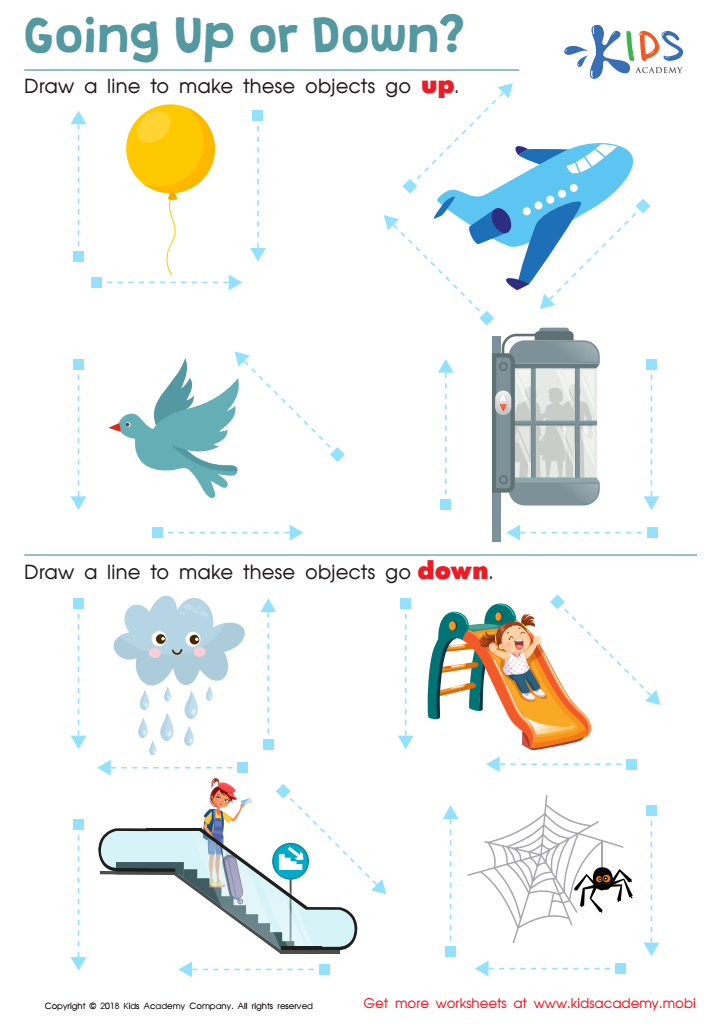

Going up or Down? Worksheet
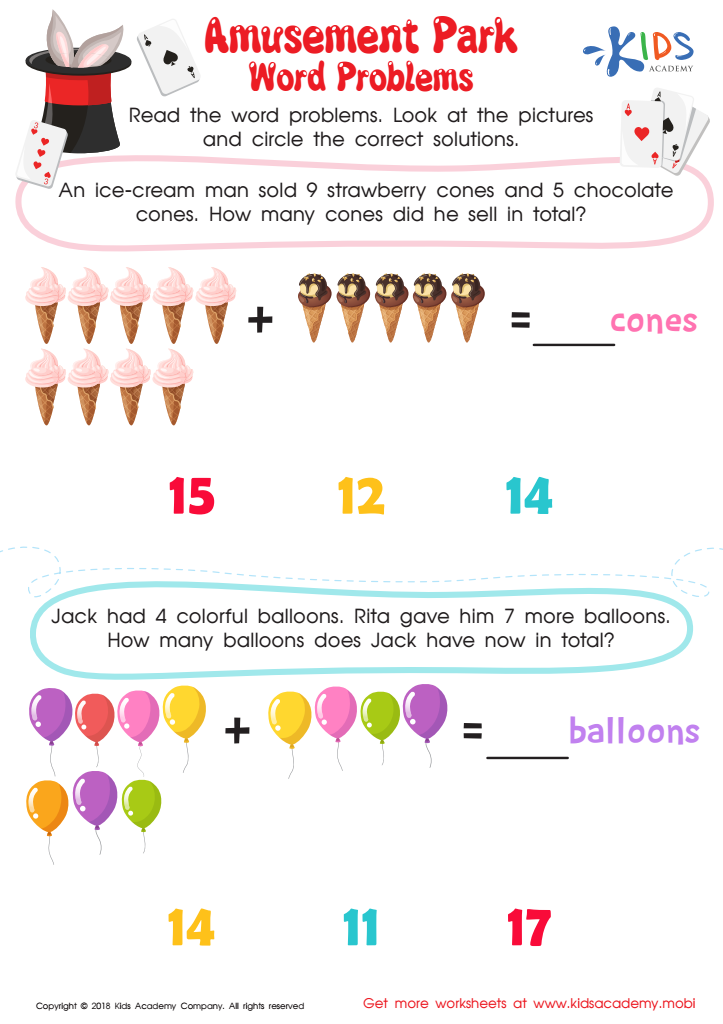

Amusement Park Word Problems Worksheet
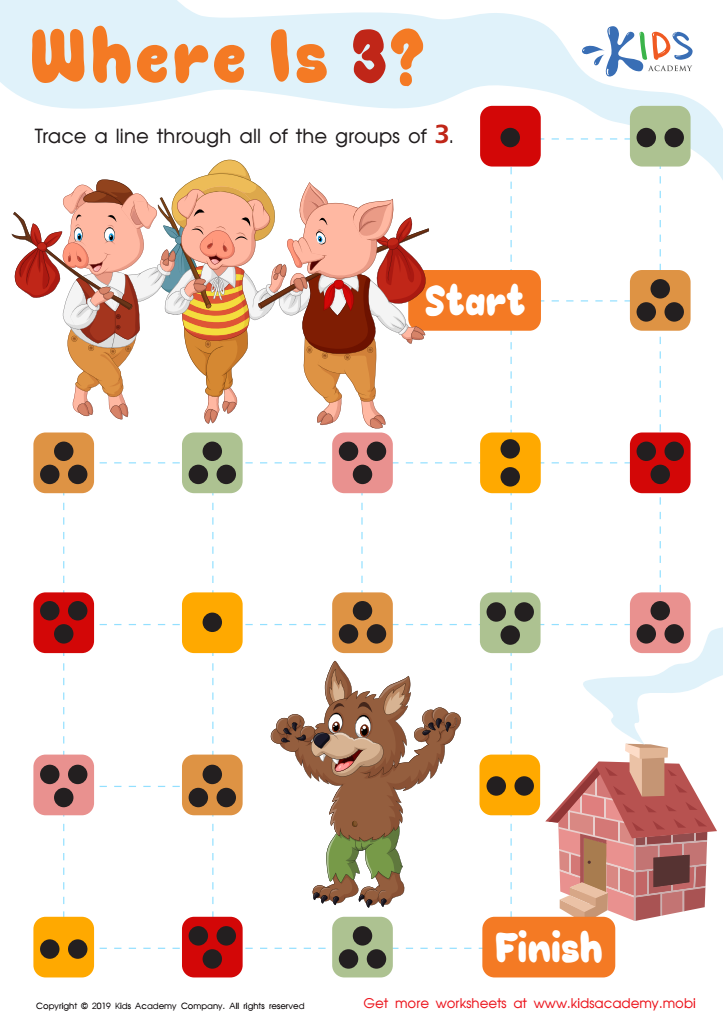

Where Is 3? Worksheet
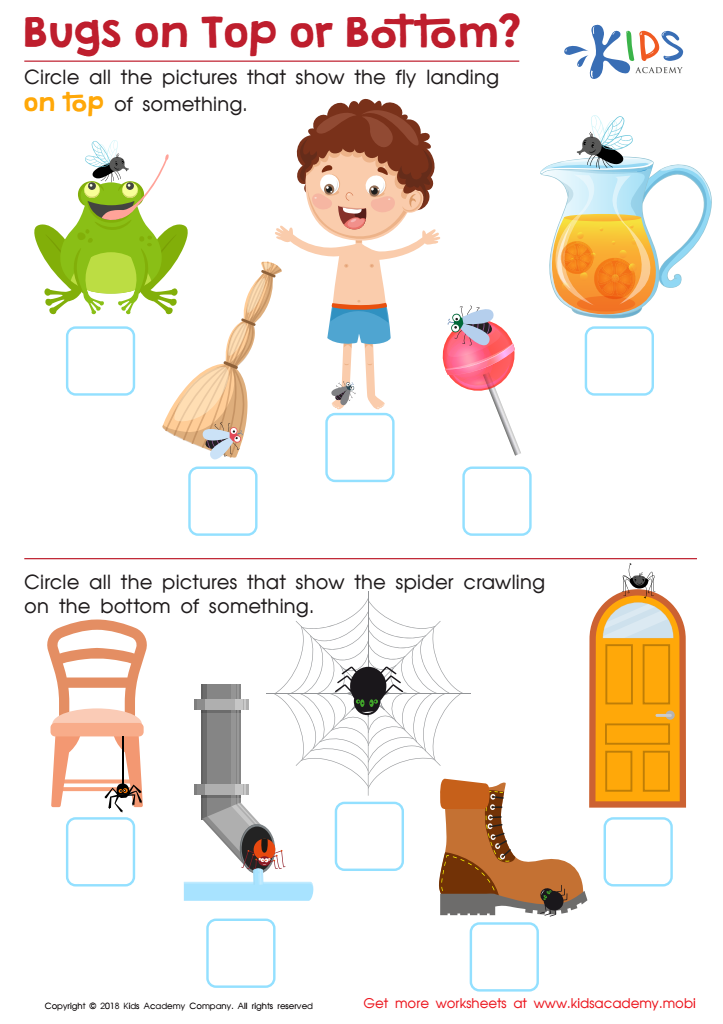

Bugs on Top or Bottom? Worksheet
Understanding directions in math is crucial for children aged 5-7, as it fosters essential cognitive and navigational skills that are foundational for future learning. During this early stage, children learn to interpret and follow directions, which is vital for problem-solving and critical thinking. Engaging with math concepts through clear directions helps young learners develop spatial awareness, a sense of order, and the ability to conceptualize relationships in space.
Moreover, mastering directional language, such as "left," "right," "above," and "below," enhances children’s vocabulary while enabling them to communicate more effectively. It builds their confidence as they successfully navigate through tasks, making them more eager to tackle more complex math problems as they progress. Additionally, understanding directions is a critical component of overall literacy; a child who can follow multi-step instructions is better prepared for academic success.
For teachers and parents, supporting children in developing these skills is vital in cultivating a strong educational foundation. By reinforcing directional understanding in everyday activities and learning experiences, adults can help instill curiosity in math, ensuring it is viewed as an exciting adventure rather than a daunting subject. This early intervention sets the stage for lifelong learning and a positive attitude towards math.
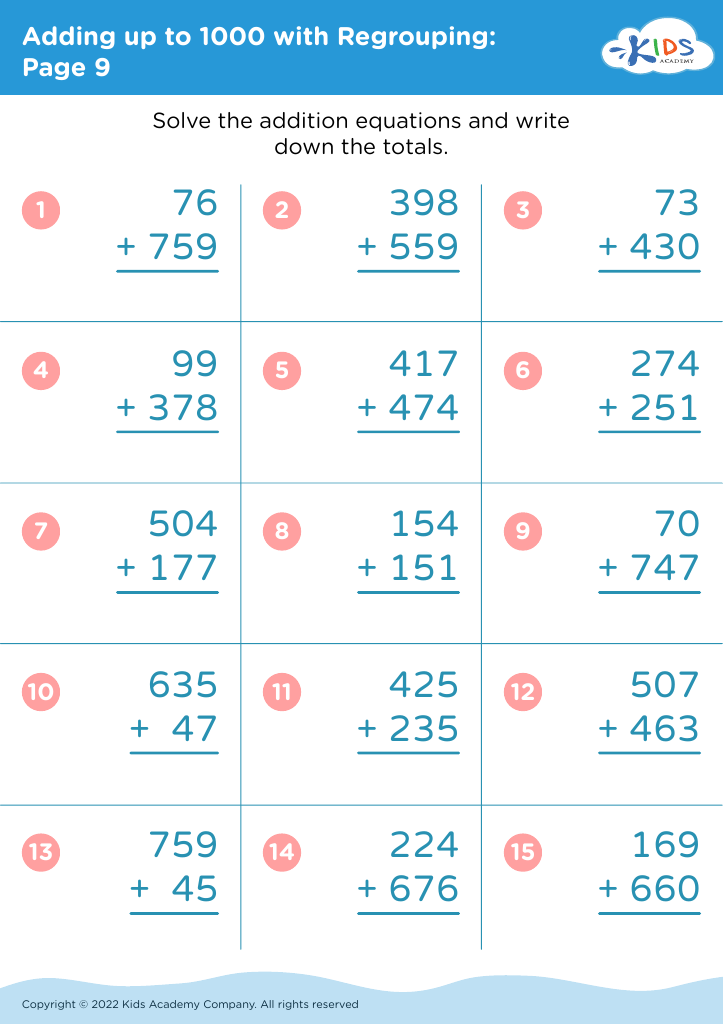

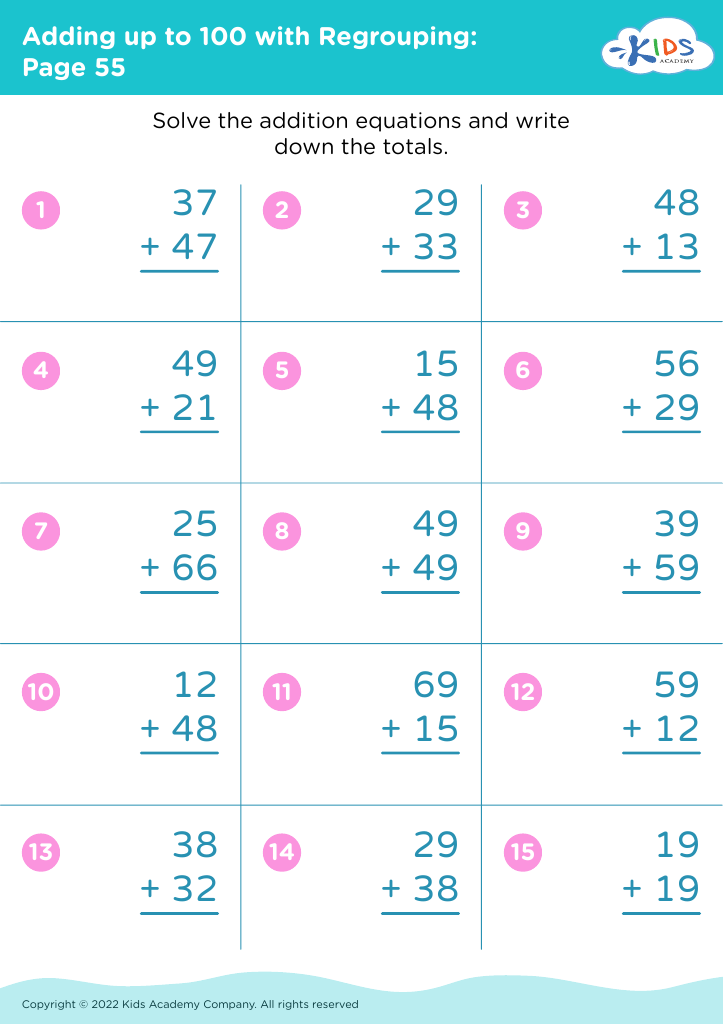
 Assign to My Students
Assign to My Students
